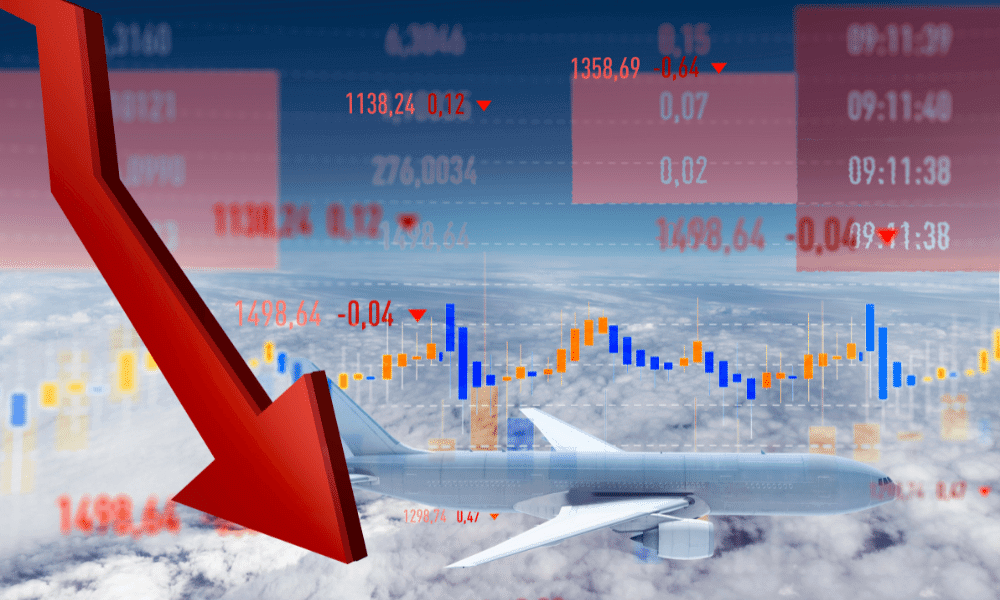
SYDNEY (Reuters) - Asian share markets pared sharp early losses on Monday as a glimmer of hope emerged for a diplomatic solution to the Russian-Ukraine standoff, though there remained plenty of devil in the detail.
Wall St futures rallied on news U.S. President Joe Biden and Russian President Vladimir Putin have agreed in principle to hold a summit on the Ukraine crisis.
One condition for the summit was that Putin did not invade Ukraine, a turn of events that still seemed possible given Russia extended military drills in Belarus and continued to build up troops on the Ukraine border.
Just the chance of a peaceful solution was enough for S&P 500 stock futures to reverse out of early losses to trade 0.4% higher. Nasdaq futures edged up 0.2%, having been down more than 1% earlier. U.S. markets are on holiday on Monday but futures still traded.
Likewise, EUROSTOXX 50 futures erased an early drop to rise 0.1%, and FTSE futures swung back to flat.
MSCI's broadest index of Asia-Pacific shares outside Japan pared their losses to be down 0.4%, while Japan's Nikkei halved its drop to be down 0.9%.
Also troubling markets has been the prospect of an aggressive tightening by the U.S. Federal Reserve as inflation runs rampant. The Fed's favoured measure of core inflation is due out later this week and is forecast to show an annual rise of 5.1% - the fastest pace since the early 1980s.
"January inflation readings have surprised materially to the upside," noted JPMorgan (NYSE:JPM) chief economist Bruce Kasman.
"We now look for the Fed to hike 25bp (basis points) at each of the next nine meetings, with the policy rate approaching a neutral stance by early next year."
Read More
Dollar Up, Yen Bid As Ukraine Tension Concerns Remain
Walmart Posts Record Holiday Sales As Spending Remains Firm
IMF Backs ECB's Easy Policy As It Sees Inflation Easing
At least six Fed officials are set to speak this week and markets will be hyper-sensitive to their views on a possible hike of 50 basis points in March.
Recent commentary has leant against such a drastic step and futures have scaled back the chance of a half-point rise to around 20% from well above 50% a week ago.
That helped short-term Treasuries pare a little of their losses last week, while the whole curve bull flattened as safe-haven buying pulled 10-year yields down to 1.92%.
Currency markets have been relatively calm with the U.S. dollar index just a fraction firmer last week and last trading at 96.031, well short of its recent 97.441 peak.[FRX/]
The euro edged up to $1.1336 on the news of a possible Biden-Putin summit, but is clearly vulnerable should Russia actually start a ground war in Europe.
The dollar gained a fraction on the safe-haven yen to stand at 115.03, but was still not far from support at 114.78.
Gold has benefited from its status as one of the oldest of safe harbors, climbing to nine-month highs, and was last at $1,897 an ounce. [GOL/]
The chance of a U.S.-Russia summit saw oil prices stripped of much of their opening gains. Brent was up 18 cents at $93.69, but off a peak of $95.0, while U.S. crude was 33 cents firmer at $91.40, down from a high of $92.93.
| ✅Claimed In 2022✅ Three Most Effective Trading Indicators For Forex Traders |
Oil suffered its first weekly loss in two months last week amid tentative signs of progress on an Iran deal that could release new supply into the market.
An accord still looks distant, however, and is offset by the risk of sanctions against major oil producer Russia in the event of a Ukraine invasion.
Ministers from Arab oil-producing countries on Sunday rejected calls to pump more and said OPEC+ - the alliance of OPEC countries and other suppliers including Russia - should stick to its current agreement to add 400,000 barrels of oil per day. [O/R]